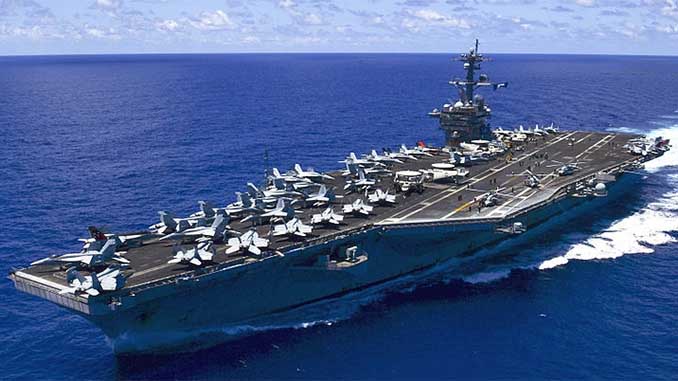The world has been witnessing dramatic political development on the issue of the South China Sea for the last few years. The United States and China, the two most powerful countries in the world are vying for strategic advantage and influence in the Asia-Pacific region. China-US Cold War has grown quite rapidly concerning the status of the South China Sea, one of the major maritime routes in the world.
Nearly half of the global trade and commerce pass through the South China Sea. The area is also rich in hydrocarbon and natural gas. Tension and conflict concerning a sea lane which is liable for five trillion dollar trade can easily catch the global limelight.
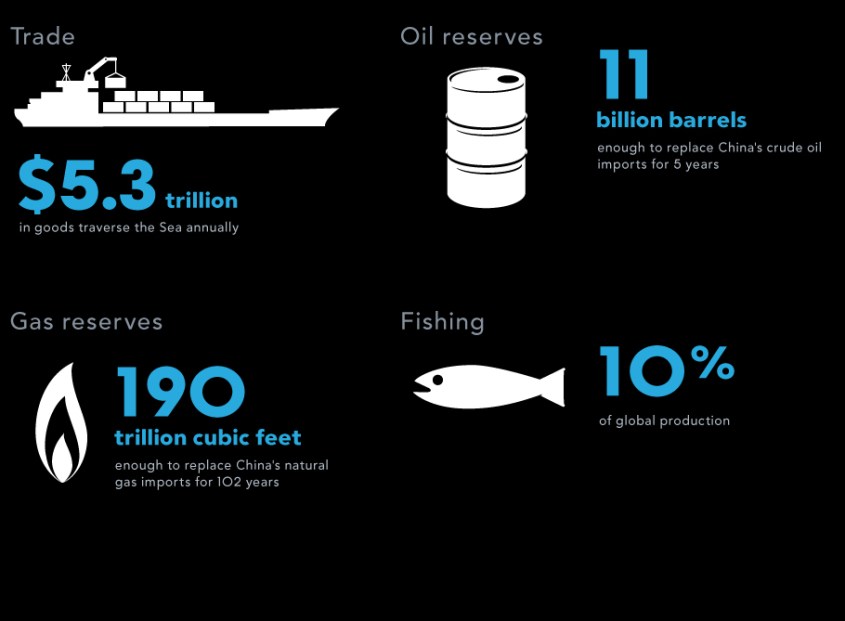
The sea encompasses an area of 3.5 million square kilometers. It stretches from Singapore to Taiwan and it is twice as big as the Gulf of Mexico. The littoral states have conflicting claims concerning the delimitation of the maritime boundary. China, Taiwan, Vietnam, Malaysia, the Philippines and Brunei lay overlapping claims to the South China Sea.
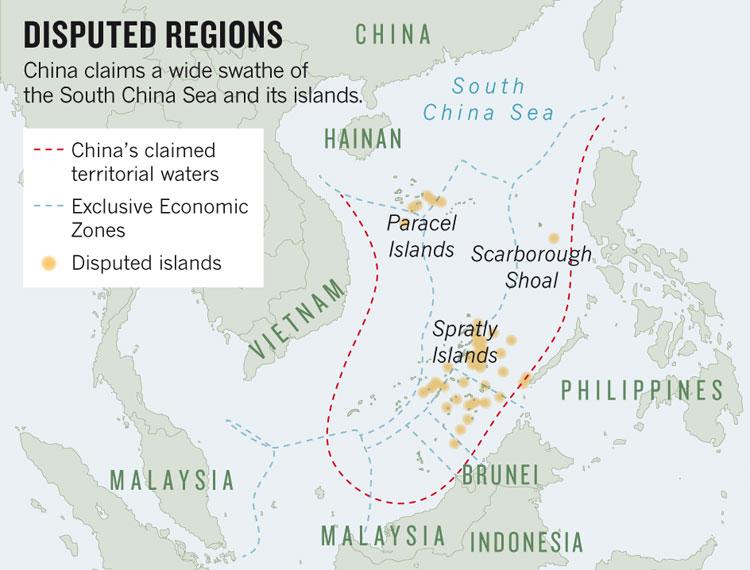
There is no scope to disagree that the economic and geostrategic importance of the South China Sea is fueling the recent US-China Cold War. However, analyzing the US role in the crisis, it is seen that Washington wants to strengthen relations with friendly countries in Southeast Asia in an effort to establish and expand its influence in the region and to balance and contain the influence of Beijing. On the other hand, if Beijing can establish political and military control over the Spratly islands, it will become a major power in the Pacific region and will move a step further regarding the balance of power with the United States.
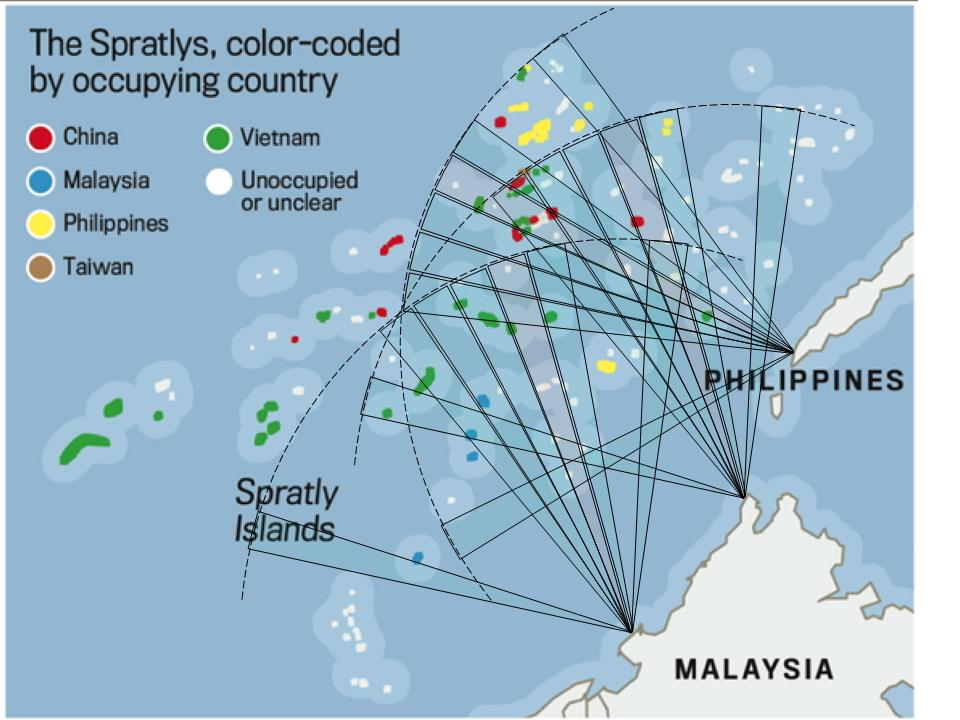
The possibility of a direct military confrontation between the two countries is low. However, for three reasons, the United States may take a tough position regarding the South China Sea. First, the main part of the previous President Obama’s “rebalancing” strategy in the Asia-Pacific region is centered on the South China Sea region. If the United States fails to establish its authority in the area, it will be difficult to materialize its containment policy. Second, in the face of the Chinese economic and military advancement, the United States’ global leadership is constantly being challenged. China’s new silk route and Asian Infrastructure Investment Bank (AIIB) are accelerating the emergence of a new world order. So, China’s tough position on the South China Sea is a bad omen for the United States.
Third, the US’ objective is to keep China in a mental and strategic pressure and build a strong military alliance with the allies and partners in the region. That is why the United States wants to deploy 60% of its naval assets in the Asia-Pacific region by 2020. However, this step may increase the likelihood of a military confrontation in the long term.
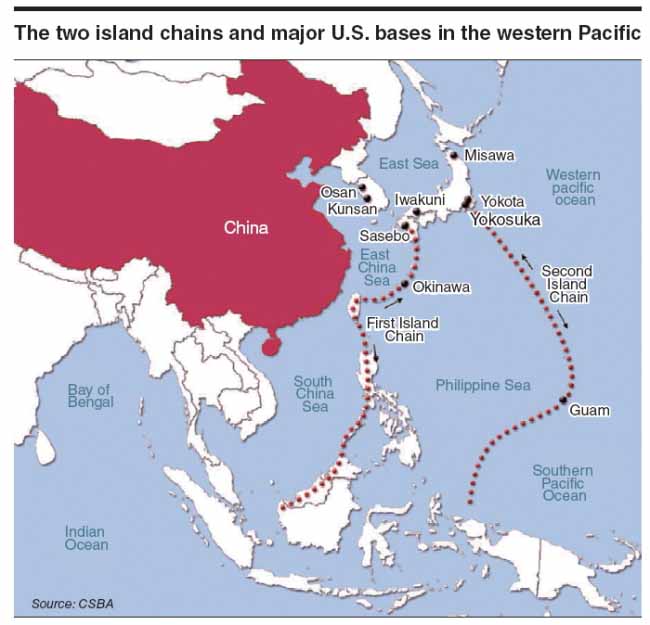
The United States and regional countries of China have challenged Beijing as it is trying to expand maritime presence in the region. China which claims sovereignty over 80% of the South China Sea, has militarized many islands and increased construction of artificial islands. Beijing’s land reclamation and island building in the South China Sea have been dubbed “the great wall of sand” by the US Pacific Fleet Commander Admiral Harry Harris. Frequent Freedom of Navigation Operations (FONOPs) by the US Navy has set the temperature of the region to a new high. Renewed military activities, diplomatic engagement and rebalancing to the Asia-Pacific are signs of American commitment to the region.
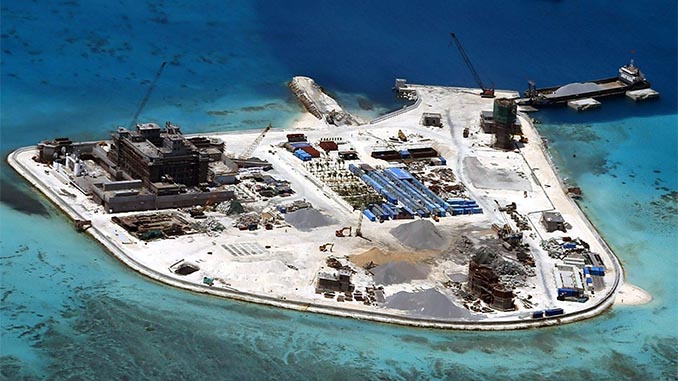
Japan conquered the islands of the South China Sea during the Second World War. Chinese rights on the most of the islands were recognized after the Cairo and the Potsdam conference of 1943 and 1945. In 1947, the then nationalist Chinese government formally took over 159 islands and atolls under state sovereignty. No opposition had been pronounced on behalf of any party during that time. Historical events which took place since the World War II have transformed the South China Sea into the center of world politics. The beginning of the Cold War between the Soviet Union and the United States, 1978 agreement with the People’s Republic of China for the recognition of one China policy, the emergence of East Asia as the engine of the global economy at the dawn of the twenty-first century, above all, China’s rise in the global economic map and American pivot to Asia have made the region a hub in the geopolitical landscape of the world.
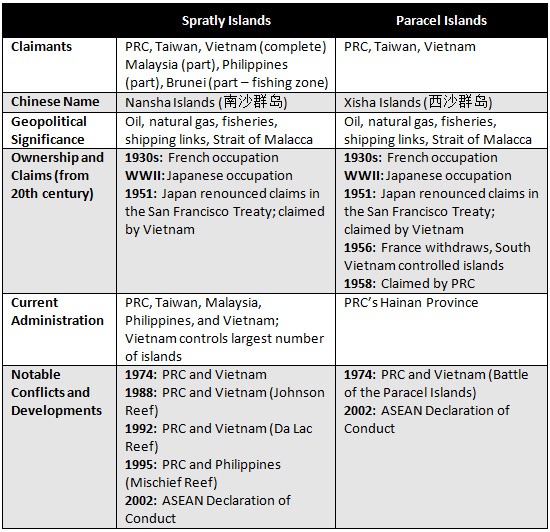
Wonderful economic progress in the Asia-Pacific region brings huge changes to the geopolitical settings of the world. The Asia-Pacific region including China has emerged as the driving force of the world economy. Under these circumstances, the United States famously declares its policy of “Pivot to Asia”. Many scholars around the world think that “Pivot to Asia” is actually a policy to contain the influence and rise of China.
In 2012, the United States declared that 60 percent of its naval assets would be deployed in the Asia-Pacific region. In 2005, Washington and Tokyo reached an agreement declaring the safety of the Taiwan Strait as their strategic objective. Military cooperation between India and the United States is now recognized as a real event. The United States also considers Vietnam and the Philippines as potential partners in its containment policy against China. As part of an A2/AD (Anti-Access/Area Denial) strategy, China has taken steps to increase military presence in the islands of the South China Sea. China has stationed anti-missile batteries and constructed airports to bolster its position in the area. China has developed strategic relations with Russia on economic and military fronts to check American influence.
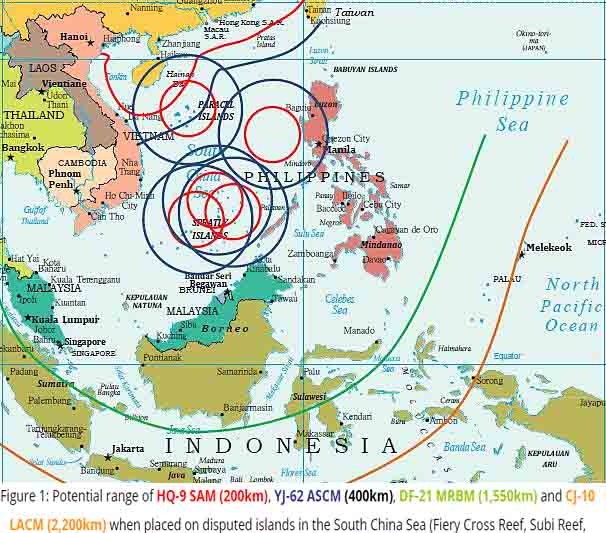
On 12 July 2016, Permanent Court of Arbitration (PAC) located in Hague awarded a judgment in favor of the Philippines on the question of the South China Sea. On the other hand, China rejects the verdict claiming that the court has no jurisdiction regarding the issue. Since the Philippines is a member of ASEAN, many thought that ASEAN’s position would be in favor of the verdict. The United States has been trying for a long time, that ASEAN would take a collective approach against China. The US effort and activities would be further strengthened as the verdict has been recognized by American’s European and Asian allies and some other countries. Interesting Point is, the United States Congress has not yet ratified the United Nations Convention on the Law of the Sea (UNCLOS).
Many scholars of International Relations think that the US strategy of using international norms and diplomatic pressure against China to isolate it from the rest of the world is going to fail. They believe that implementation of Washington’s policy is almost impossible because of China’s close economic and commercial ties with most of the Asian countries. However, the peaceful solution to the current crisis is only possible through dialogue and diplomatic engagement.

Md. Aslam Hossain is a part-time senior editor of The Geopolitics. He is also an entrepreneur. He has earned his Bachelor of Arts and Master of Arts in International Relations. His focus is on geopolitics and security.

